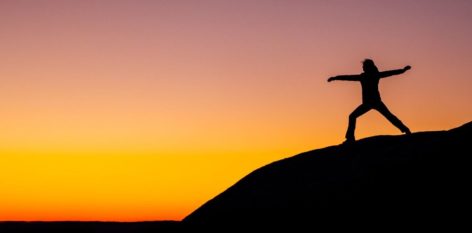Changes to the way we live and experience the world are painfully evident in the arts and creative sector. Impacts of lockdowns and shutdowns have been devastating to an industry that relies on people being in the one place, in close proximity.
The Grattan Institute estimates 75% of those working in the creative and performing arts will lose their jobs and the economic impact may also be massive. The Bureau of Communications and Arts Research (BCAR) has shown that the sector contributed A$111.7 billion to Australia’s economy in 2016-17, or around 6.4% of GDP – to put this number into perspective the construction industry accounts for 8% of GDP.
The challenge now is how to get the industry started again.
Like many industries the creative and arts sector is adapting, embracing digital transformation and new ways of working.
An area that is starting to proliferate is the development of digital platforms to present work.
The Global Fringe is one example of a digital offering that is giving artists and Fringe’s across the globe the ability to trial a digital touring network.
While the idea proceeded COVID-19, it has now been fast tracked by festival administrators.
The international Fringe circuit had already been exploring digital performances as a way to address inequities inherent in international touring and reduce the carbon footprint of festivals. This crisis however has provided a catalyst to pilot how it might work.
The Sydney Fringe Festivals CEO and Director, Kerri Glasscock commented “We are really interested in developing how companies use the digital medium to create exceptional audience experiences that are integrated into their practice. Not just popping a camera in the corner to record their live work, but taking the idea further to create unique at-home experiences for audiences. Giving them [audiences] an opportunity to see work they might never otherwise have seen in a pre-COVID world.”
There has also been innovation in the creation of new business models in the physical world.
The focus from The Sydney Fringe has been on small to medium sized independent venues, approaching it from the perspective that Sydney siders could be living with some form of social distancing measures for the foreseeable future.
As such they have been working with independent venues to create industry best practice to accommodate the additional expenses and logistics for safe reopening. While this has been incredibly difficult to navigate, working on business models that provide a viable way forward for the sector with reduced capacity is imperative to save Sydney’s venue ecosystem and ensure independent artists can get back to work.
Recovery will be slow. Many organisations will now be set back by a few years and will need support as they rebuild capital and capacity.
However, Kerri Glasscock believes “We are definitely seeing a desire by audiences to get back to live performance and to support the sector. If we can get all the back-end measures in place and adequate support from government, then audiences will actually drive the recovery quite quickly as they get out and about.”




